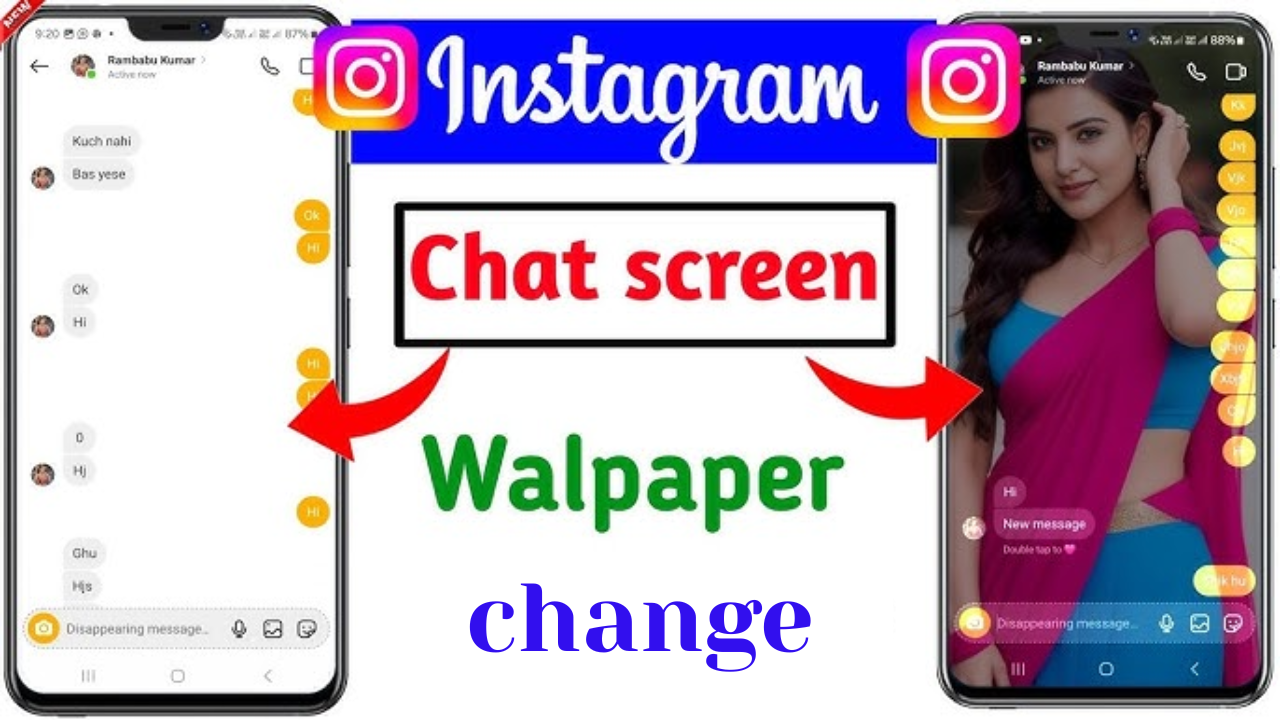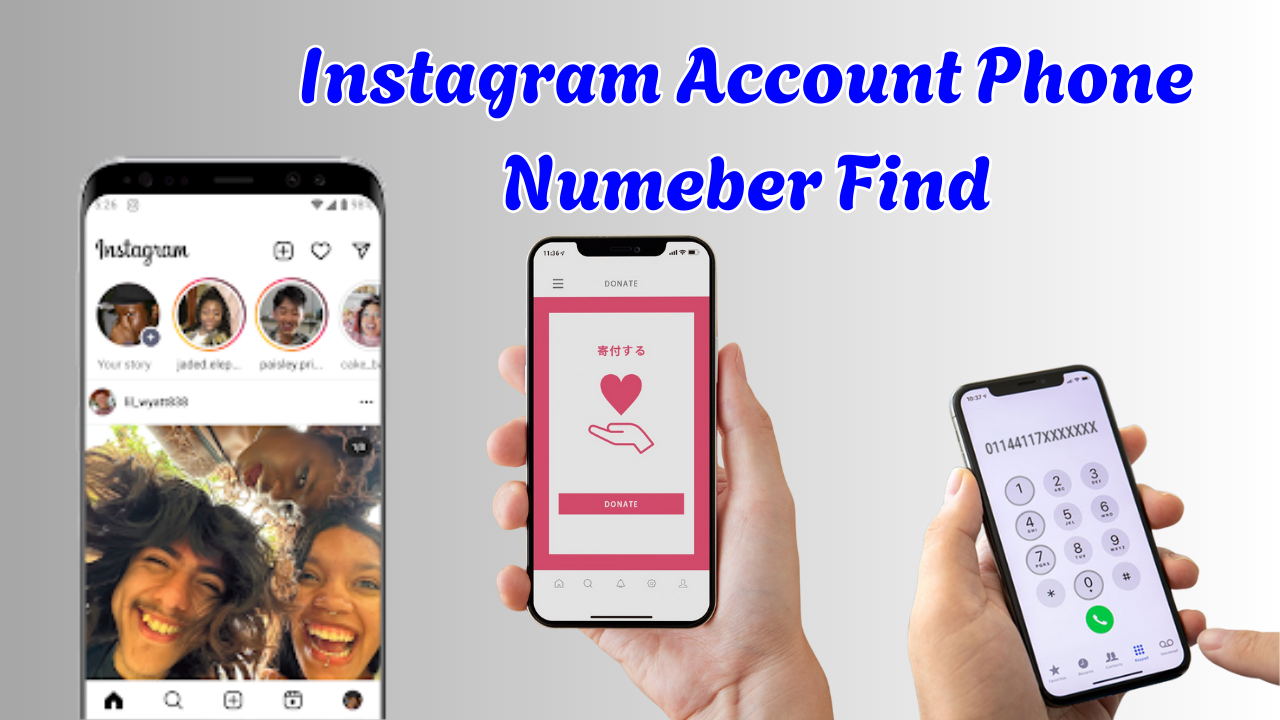The title text of your app plays a critical role in its discoverability and user engagement. A well-crafted app title can dramatically enhance your visibility on app stores like Google Play and Apple App Store, ensuring that users find your app quickly and understand its purpose. This guide will delve into proven strategies and actionable tips to optimize your app’s title text for better rankings and user appeal.
Why App Title Text Matters for Search Rankings
Your app title is the first interaction users have with your app. It serves two main purposes.App stores prioritize titles when indexing for search. Including the right keywords can improve your app’s ranking.A clear, engaging title encourages users to click and download.Effective title optimization can boost both rankings and downloads, making it a cornerstone of your app’s success strategy.
Essential Elements of a High-Performing App Title
To create a standout app title, incorporate the following elements.Identify and include the most relevant keywords for your app’s niche.If applicable, integrate your brand name to build recognition.Highlight the app’s core function or benefit to the user.Stay within platform-specific character limits—30 characters for the Apple App Store and 50 for Google Play.
How to Conduct Keyword Research for App Titles
Keyword research is fundamental to crafting a compelling app title. Here’s how to approach it.Understand the terms your audience uses when searching for apps similar to yours. Tools like Google Keyword Planner or App Annie can provide valuable insights.Examine the titles of top-ranking apps in your category. Identify keywords they use and determine how you can differentiate your app.Tools like Sensor Tower, AppTweak, and Mobile Action can help you discover high-performing keywords.Prioritize keywords with high search volume and moderate competition. Ensure they are directly relevant to your app’s function.
Best Practices for Writing an App Title
Users should immediately understand what your app does. Avoid jargon or overly creative terms that may confuse potential users.Avoid keyword stuffing, which can make your title appear spammy. Instead, integrate keywords seamlessly to maintain readability.If your app offers unique functionalities, include them in the title to stand out.Experiment with different title formats and monitor performance to identify what resonates best with your audience.
Crafting Titles for Google Play vs. Apple App Store
Each platform has distinct requirements and algorithms. Here’s how to tailor your titles.Keywords in the title heavily influence rankings.Use up to 50 characters to include relevant keywords while remaining concise.Translate your title for different markets to maximize global reach.Focus on clarity, as Apple prioritizes user experience.Use the subtitle field for additional keywords.Keep titles within the 30-character limit for optimal display.
Common Mistakes to Avoid in App Titles
Even small errors can impact your app’s visibility and appeal. Avoid these pitfalls.This can make your title unreadable and hurt user trust.Titles that are too long may be truncated, reducing their effectiveness.A lack of specificity can make your app blend in with competitors.Regularly review and update your title to reflect new features or market trends.
Optimizing Titles Post-Launch
Your app’s title isn’t a “set it and forget it” component. Regular optimization can help maintain and improve rankings over time.Use app analytics tools to track downloads and user engagement.Experiment with variations to find the most effective title.Listen to user feedback and refine your title to better align with user expectations.
The Role of Metadata in App Store Optimization
While the title is crucial, supporting metadata like the app description and keywords also play a significant role in app visibility. Ensure that your metadata aligns with your title for a cohesive and effective ASO strategy.





